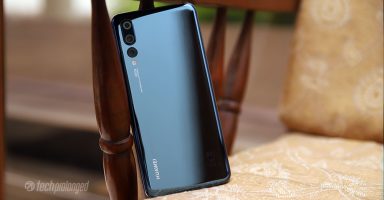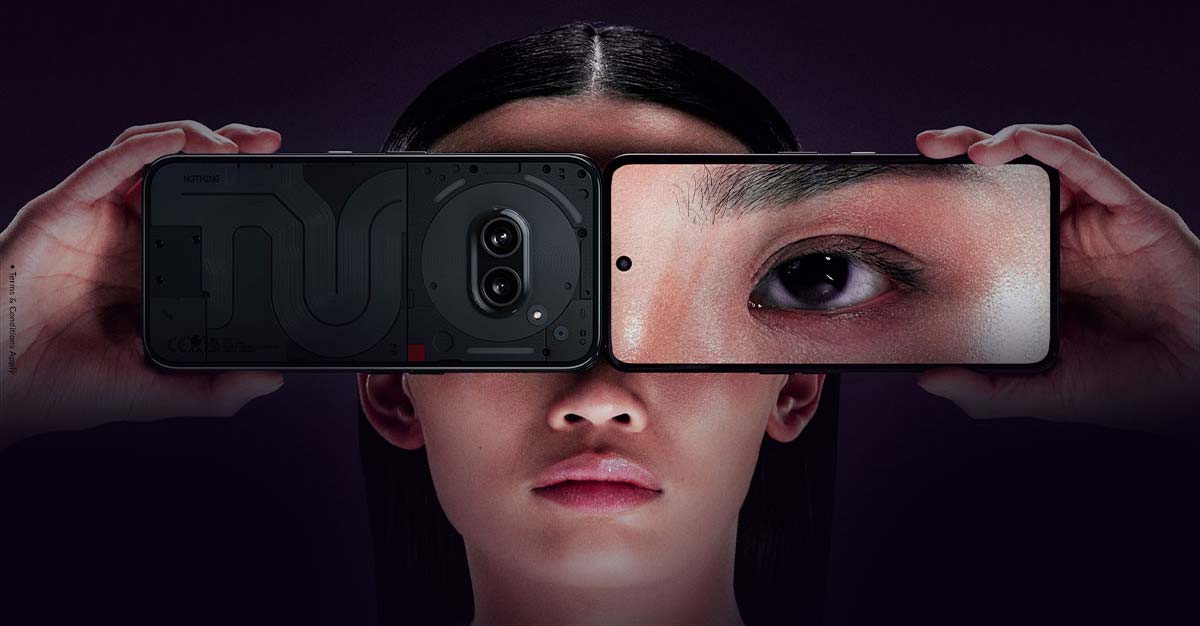Build & Design
Huawei P20 Pro – Build and Design
Huawei doesn’t seem to be coming back to metal/aluminum body for it flagship devices. Following last year’s Mate 10, the new P20 Pro also features the same dual-glass body with the metal frame inside. P-series, however keeps its distinction from the Mate series with a flat rear panel and curved edges.
Talking about the build and handling, the P20 Pro feels a bit heavy in hands than most smartphones out there. But you need to compare it with the top class now and it’s not as heavy as it sounds. With 7.8mm thickness the P20 Pro is 0.7mm thinner than Galaxy S9 while it’s 0.1mm thicker than iPhone X.
P20 Pro also comes somewhere in the midpoint of Galaxy S9 and iPhone X when weighing – 10-grams lighter and 6-grams heavier than respective competitive devices.
First word is that P20 Pro is “stunning” and stands out of the competition with its decently shining and dazzling premium look – out of words, may be. This beauty is available in four shining colors – Twilight, Midnight blue, Black, and Pink Gold. The one we got here is the Midnight blue variant.
Hold-on, I was just talking about the single-tone “Midnight Blue” variant above. The “Twilight” is even more attractive comparatively. I had got a chance to experience that dual-tone attention grabber during the launch event – Huawei has built this thing with heart.
All of the four variants have been design with one thing in mind – to illuminate. Huawei built the body from toughened 3D glass panels with curved edges on both the front and back. The glass curves join into the metal frame that is aluminium but polished to look like a steel. It really is a combination of attraction.
Good things also may have their flaws, and specially in smartphones when they are too good at their finishing, you have to be afraid of it being dirty. Dirty, in the sense – when your hands are dirty I mean. The more your hands clean, the more P20 Pro will remain a beauty. As soon as your hands get dirt and oil, this P20 Pro will get that accordingly. While the smudges on the phone can be cleaned out easily, this sure is a bad impression on any phone out there.
Components
While we are talking about the rear side of the phone, let’s just count in the components we have on the back. The most important thing of those is the triple-camera for sure. This machine is processing a total of 68 million pixels on three camera units at once, which is the first of its kind in smartphone industry. These three cameras are – 8MP telephoto, 40MP RGB, and 20MP monochrome. We’ll talk about that in separate section.
If you are wondering about the two cameras in separate black module while the one is isolated, then you have a right question. You should note the larger bump in the block, it’s probably due to making a separate room for the two cameras which need more physical space – the larger primary camera and the telephoto camera. Whereas the isolated one has has only a slight bump.
Other than the cameras themselves, there is dual-tone flash as you can see but this flash module also hosts as color temperature sensor. There are also two special things between the two cameras on top, hidden inside the separate black module – the laser transmitter and the laser receiver for auto focusing.
Huawei has also changed a little bit of their back labels layout. They have shifted everything to left edge instead of the center which was the all-time favorite place for almost all vendors. All these labels include the LEICA branding with the specially designed lens information.
On the bottom left side, there is “HUAWEI” branding without that blooming Huawei logo you usually see on other Huawei smartphones. It’s not end there, alongside the company’s branding, there is regulatory information in much smaller size. Well, that’s almost the heaviest information you’d ever see on any smartphone but frankly, on P20 Pro it’s looking cool on the side, rather than in the middle.
The metal frame between the two back and front glasses hosts the power and volume buttons on the right side. SIM slot is on the left and this is just a dual-SIM slot (CLT-L29 variant sold in Pakistan). Huawei did not offer expandable memory slot with P20 Pro. So the 128GB internal storage is the maximum you get with P20 Pro – that should be enough, right? Let us know if you still need more.
Okay, now down there we have a USB Type-C port that offers USB 3.1 connectivity for faster data transfer rate. In addition, the phone comes with Super Charge technology and fast charging only works if you use the bundled purple-colored USB-A to USB-C cable with the provided fast charger. Other USB-C cables won’t give you the fast charge.
On the head of the phone, the little but efficient IR blaster that works with the pre-installed Smart Controller app. It works with the really long list of branded TVs, VCRs, STBs, ACs, and lot other things.
Besides you get a secondary microphone for noise cancellation or stereo audio recording. Yes, you thought right, there is no traditional 3.5mm audio jack on P20 Pro, the fact that I never welcomed. I mean, who actually loved the “lack” of that old but ever-standard headphone connector? I really did not, and I think there was enough room for that in 7.8mm thicker phone – last year’s Huawei P10 was only 7mm but it had the audio connector. Inspiration from good things is appreciable but adapting unpopular things? But thanks that Huawei shipped the USB-C to 3.5mm jack adapter in the retail box.
Let us know what do you think about the lack of that friendly audio jack that you could use with widely available compatible headphones.
The front is fully a screen now with the minimal chin-bezel and the one-more-unpopular thing, the cutout (aka notch) on the top. There is nothing else on the front except a home button with embedded fingerprint sensor on the bottom. That notch houses the front-facing camera and the earpiece along with the proximity and ambient light sensors. There is also tiny-invisible notification LED.
















